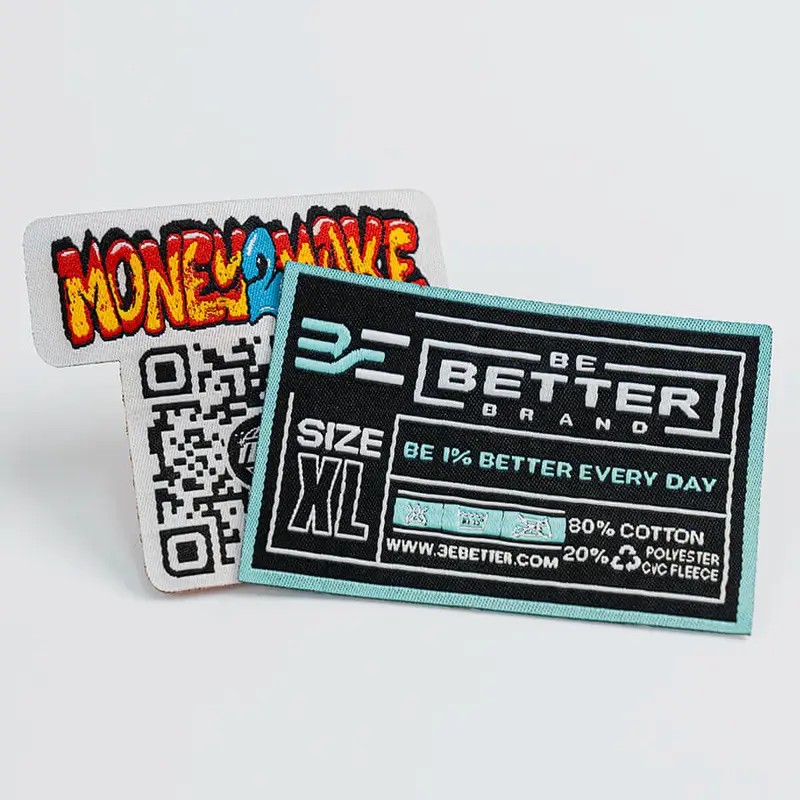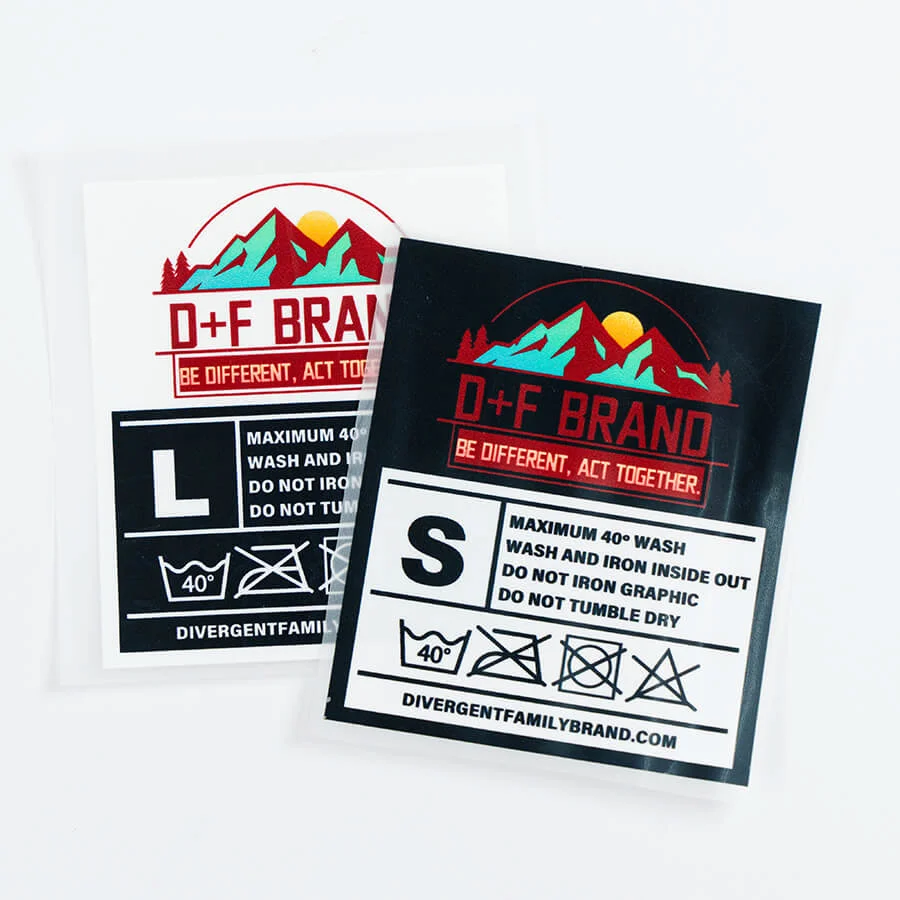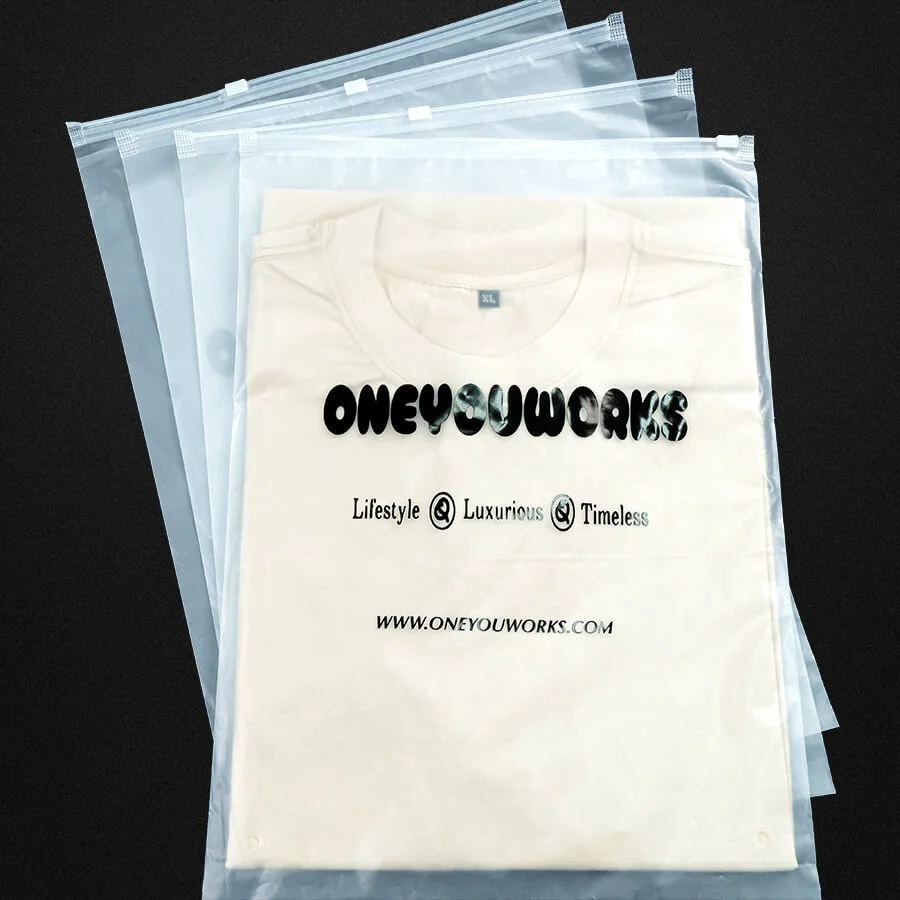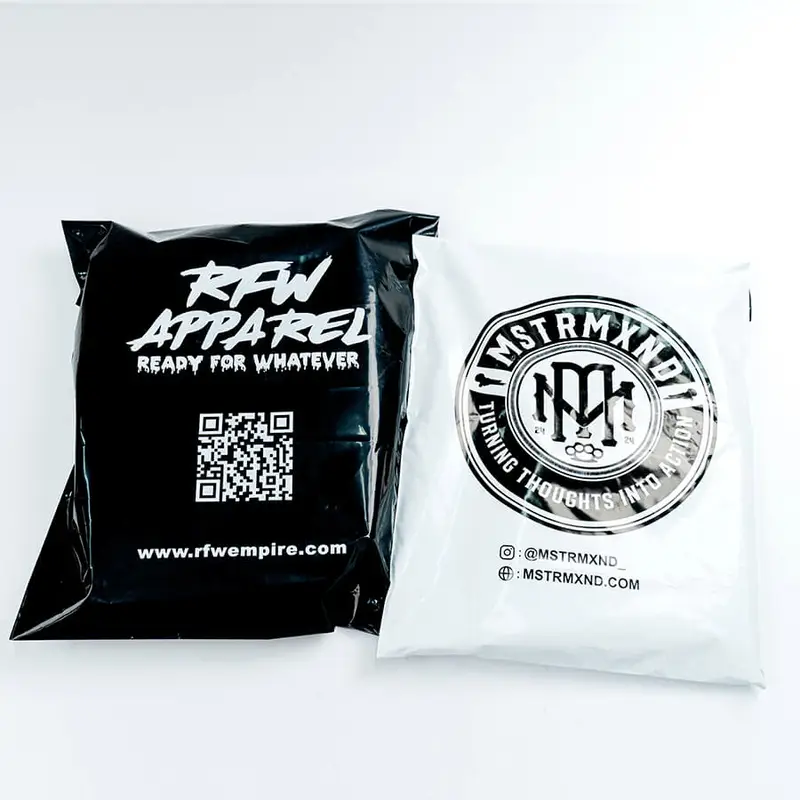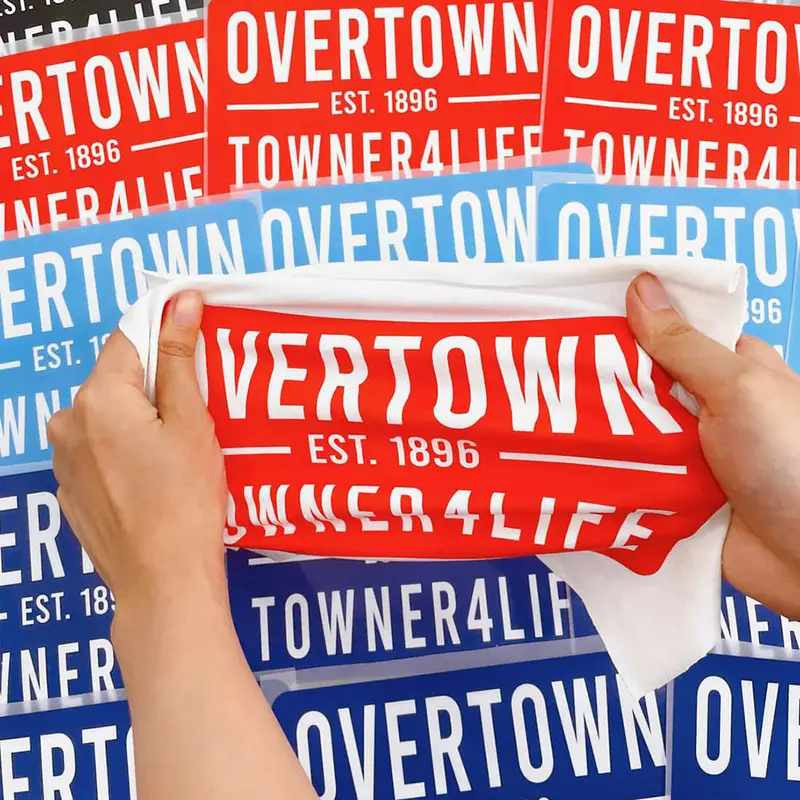How to Put Patches on a Letterman Jacket: A Complete Guide
Letterman jackets, symbols of achievement and belonging, become even more meaningful when personalized with patches. Students, athletes, club members – anyone owning this iconic garment often seek to enhance its appeal with meaningful additions. However, concerns about proper placement and secure attachment methods are common. This guide provides detailed instructions, expert advice and visual aids to help you confidently personalize your letterman jacket. Let’s start!
1. Choosing the Right Patch for Your Letterman Jacket
1.1 Types of Patches (Chenille, Embroidered, Iron-on, Velcro)
Several patch types suit letterman jackets, each with unique characteristics. Chenille patches offer a plush, textured appearance, ideal for showcasing team logos or mascots. Their durability makes them suitable for frequent wear. Embroidered patches provide intricate designs and a classic look; they’re highly durable and available in various materials, such as twill or felt.
Iron-on patches, convenient for quick application, are less durable and best suited for less-worn areas. Velcro patches allow for easy attachment and removal, making them ideal for temporary displays or frequently changing designs. Choose a patch type that suits both your aesthetic preference and the jacket’s usage.

1.2 Understanding Patch Materials and Backing
Patch backing significantly impacts attachment. Heat-activated adhesive backings are easy to apply with an iron but may not be as durable. Sew-on backings provide the most secure and long-lasting attachment, ideal for high-wear areas and heavier patches. Velcro backings, offering easy removal and repositioning, are suitable for temporary applications. Material choices also affect durability and appearance; twill is durable and crisp, felt is soft and plush, while leather adds a luxurious, high-end look. Patch longevity depends on the combination of backing and material choice.
2. Patch Placement on a Letterman Jacket: A Visual Guide
2.1 Traditional Placement Areas (Sleeves, Front Panels, Back)
Traditional placement areas on letterman jackets hold significance. Sleeves often display team or club affiliations with one sleeve showcasing the school logo, the other denoting club or team participation. The left chest is a prominent spot for award patches or varsity letters, representing achievements and accolades.
The back of the jacket provides space for larger patches, such as a school mascot or significant team emblems. These traditional placements maintain the jacket’s classic aesthetic while effectively showcasing accomplishments and affiliations. A balanced design ensures the jacket’s visual appeal. Understanding traditional placement provides a strong foundation for design. Sleeves generally feature smaller, horizontally arranged patches that showcase club or team affiliations, awards received or years of membership.

2.2 Creative and Personalized Placement Ideas
Beyond traditional placement, creative arrangements add a personal touch. Consider placing patches in unexpected areas like the collar or cuffs, to showcase smaller, more subtle designs. Experiment with patch arrangements vertical stacks, diagonal lines or clustered groups – creating a unique visual narrative. Experiment with vertical stacking of patches to add visual interest or create a diagonal line drawing attention to a specific area.
Remember that creating a unique design is about expressing your individuality while maintaining balance and visual coherence. Avoid overcrowding the jacket with patches. Instead, carefully select patches that reflect your unique story and personal style.
3. How to Attach Patches to Your Letterman Jacket
3.1 Sewing Patches onto Your Jacket (Hand-Sewing and Machine Sewing)
Sewing offers the most secure and durable patch attachment. For hand-sewing, select a needle and thread matching the jacket’s fabric; a small, sharp needle is ideal:
Hand-sewing allows for precise placement and control. Use a backstitch or a whip stitch for a secure, invisible seam. Start by making a small knot at the end of the thread and then proceed to carefully stitch along the edge of the patch to ensure that each stitch is securely fastened.
Machine sewing offers a faster method. A zig-zag stitch is a popular choice for patch attachment because it creates a more flexible and durable seam than a straight stitch. Use a needle appropriate for the fabric weight and a thread that matches or complements the patch and jacket colors.
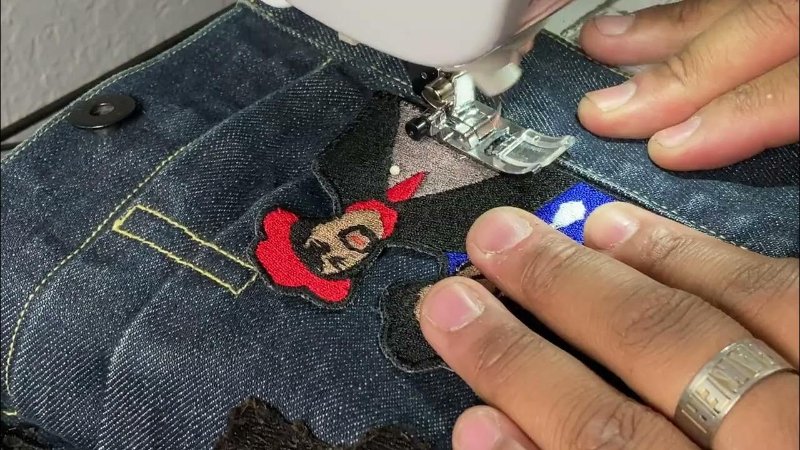
3.2 Applying Iron-On Patches Correctly
Iron-on patches offer a quicker attachment method but require caution. Preheat your iron to the appropriate temperature setting. Place a pressing cloth over the patch to protect the jacket’s surface. Apply firm, even pressure for the recommended time, ensuring complete adhesion. Let the patch cool completely before handling. Avoid prolonged heat, which could scorch the jacket or melt the patch. Proper technique prevents damage.
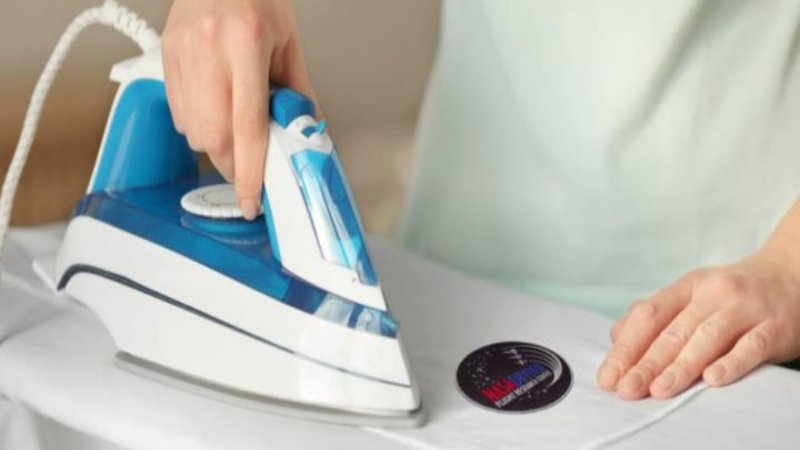
3.3 Using Fabric Glue for Patch Attachment (Pros, Cons, and How-To)
Fabric glue offers a simpler, faster alternative to sewing, suitable for lightweight patches and less-stressed areas. However, it’s less durable than sewing. Apply a thin, even layer of glue to the back of the patch and the jacket’s surface. Press firmly, holding for the recommended time and let it dry completely. Remove any excess glue immediately with a damp cloth.
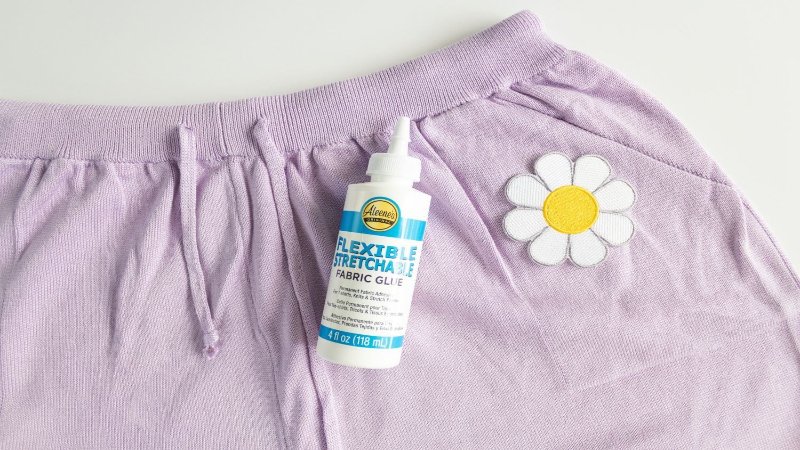
4. Caring for Your Patched Letterman Jacket
Proper care extends the life of your patched letterman jacket. Cleaning methods vary depending on the jacket material. Wool jackets generally require professional dry cleaning; attempting to wash them at home can cause shrinkage or damage. Leather jackets benefit from specialized leather cleaners and conditioners.
For both materials, avoid harsh chemicals or abrasive cleaning tools. When cleaning, turn the jacket inside out to protect the patches from friction and potential damage. Regular brushing helps remove dirt and debris. When cleaning a patched letterman jacket, it is crucial to protect the patches from damage. Turn the jacket inside out to prevent friction against the patches. Avoid using harsh chemicals or abrasive cleaners.
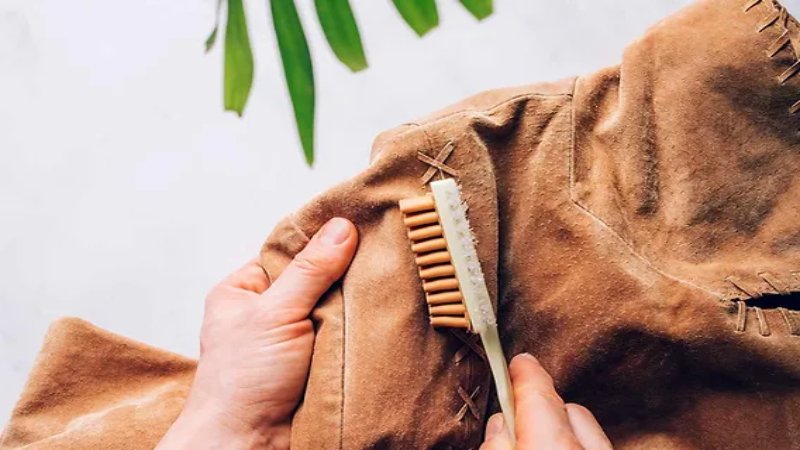
5. FAQs about Letterman Jacket Patches
5.1 Can I remove a patch from my letterman jacket?
Removing patches from a letterman jacket is possible but requires care to avoid damage. For sewn patches, carefully remove the stitches using a seam ripper, working slowly to avoid snagging the jacket fabric. Iron-on patches may be loosened with gentle heat from a hairdryer, then carefully peeled off; however, some adhesive residue might remain. Velcro patches are easiest to remove, simply detaching the opposing sides.
5.2 What if my patch starts to peel off?
A peeling patch requires prompt attention. If the patch is sewn, reinforce the stitches with additional stitching using a durable thread. For glued patches, carefully clean the area, reapply fabric glue and press firmly to ensure complete contact between the patch and the jacket fabric. Iron-on patches that start to peel may need to be completely removed and reapplied, following the manufacturer’s instructions carefully.
5.3 Where can I buy custom patches for my jacket?
Numerous options exist for sourcing custom patches. Online suppliers offer design flexibility and convenience, often allowing you to upload your own artwork or collaborate with designers. Websites specializing in custom patches frequently provide a range of materials, sizes and printing techniques to choose from.
Locally, embroidery shops provide personalized service, allowing for direct consultation and potentially faster turnaround times. Consider your design complexity, budget and turnaround time requirements when selecting a supplier. Many sources offer high-quality custom patch creation.
5.4 What kind of thread should I use for sewing on patches?
Thread selection is crucial for durable patch attachment. For heavier patches and jackets, you should use a strong thread like nylon or polyester, known for their resilience. Lighter-weight patches and jackets may allow for cotton thread, but ensure it’s a robust variety. Always choose a thread color that either blends seamlessly with the jacket or contrasts effectively with the patch.
5.5 Are there any restrictions on the number or type of patches I can put on my jacket?
While there aren’t universal restrictions, certain contexts might influence patch placement and quantity. Schools or teams often have guidelines regarding allowed patches, their size, placement and overall number to maintain uniformity or adhere to specific regulations. Review any relevant guidelines provided by your school or team before adding patches.
Read more:
- USPS poly mailers: Sizes, regulations & where to buy
- How to print on poly mailers: Methods, costs and eco-friendly options
- How to make custom poly mailers: Design, print & order
This guide emphasizes the significance of thoughtful patch placement and secure attachment for creating a personalized letterman jacket that reflects your achievements and style. By following the steps outlined, you can confidently add patches, enhancing your jacket’s appearance and preserving its condition. My Pack Love offers high-quality patches and packaging; visit our website to start your project!

